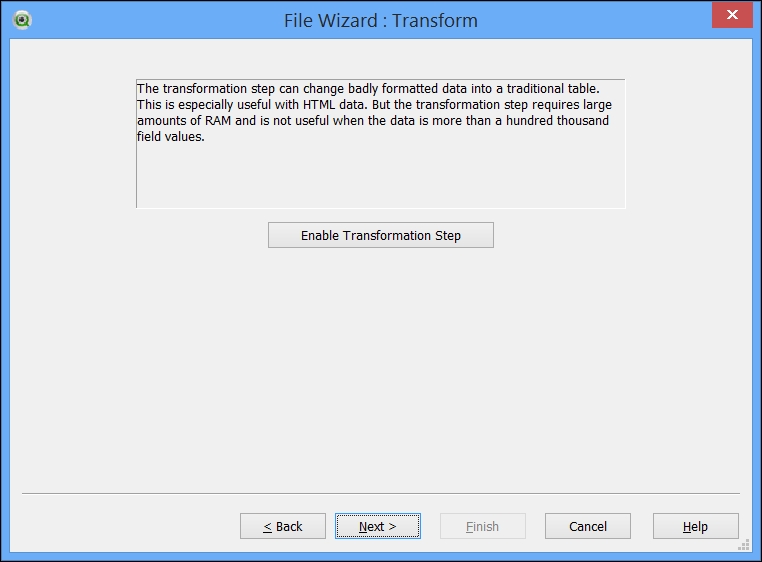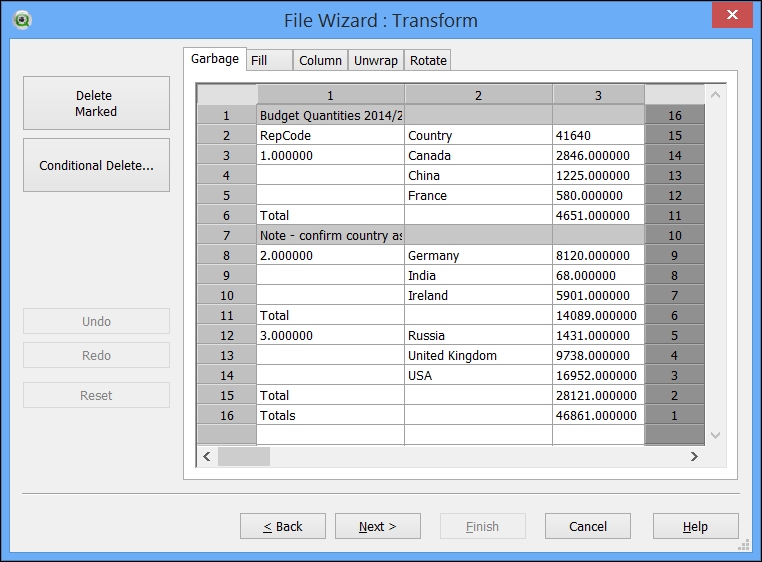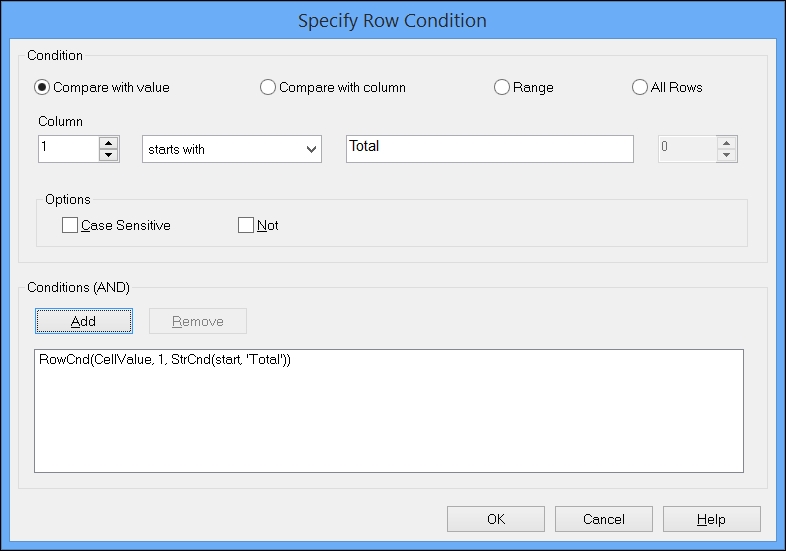The Table Files Wizard is used by many to load a file and generate the load script for it. However, there is a not-so-secret secret button with the word Next written on it that is often ignored:

There are some great things in here that are worth looking at.
When we first hit that Next button on the wizard, we are presented with the interesting option, Enable Transformation Step:

If we click on this button, it brings us to a new dialog with several tabs:

The Garbage tab allows us to clean out records that are not useful to us. In the preceding screenshot, there are a couple of rows that we can select and click on the Delete Marked button to remove. We can also click on the Conditional Delete… button and set up a rule to delete particular rows, for example, if they begin with the word Total:




